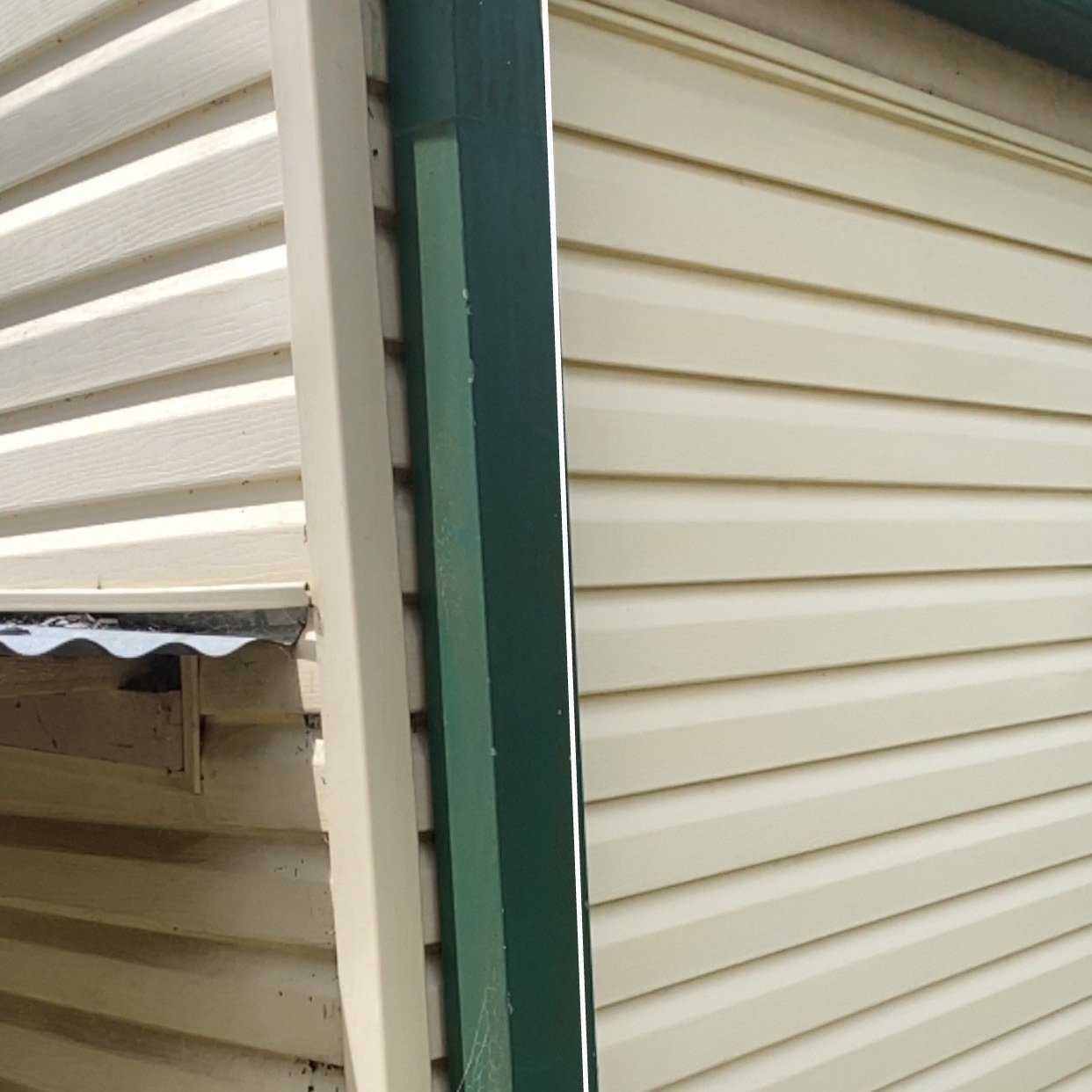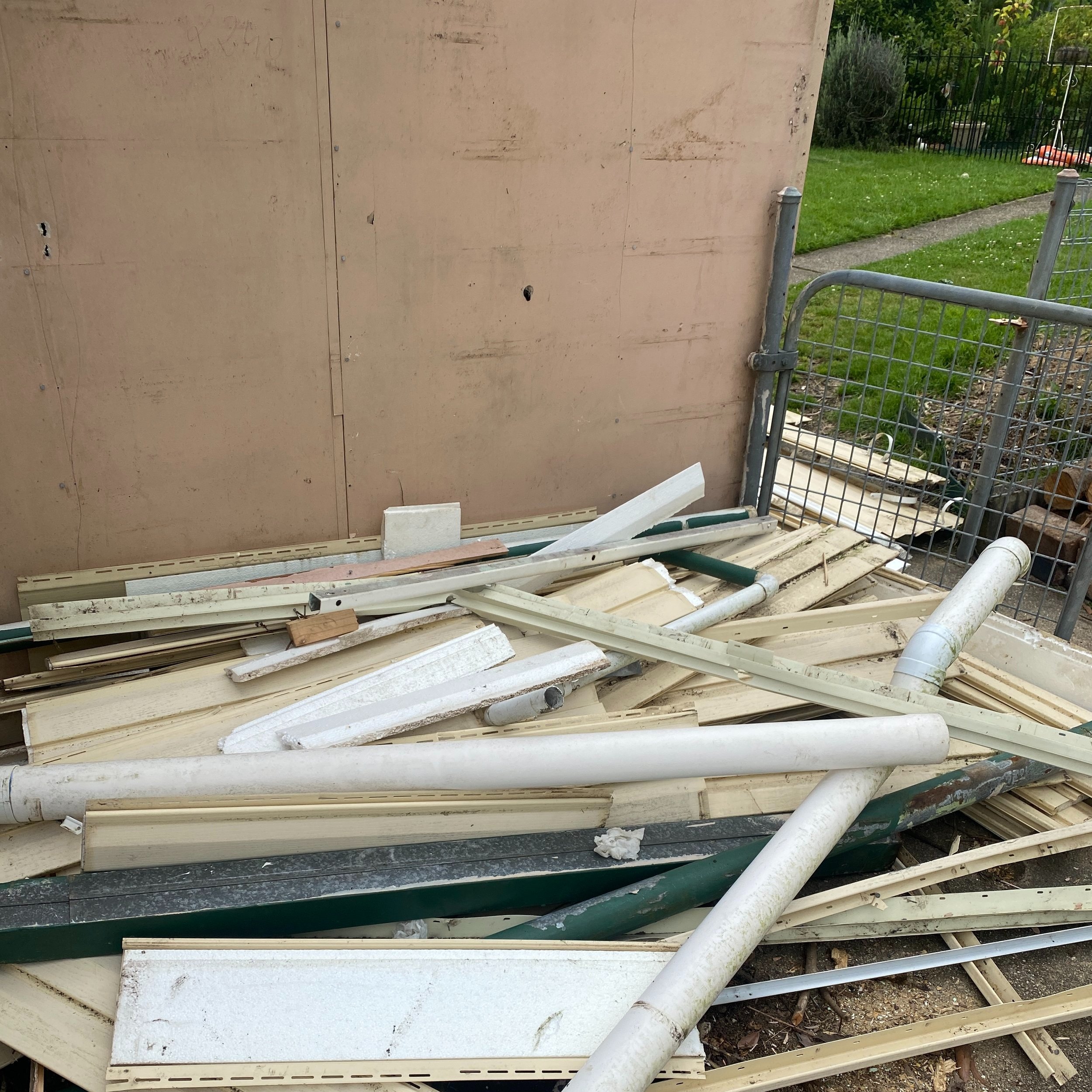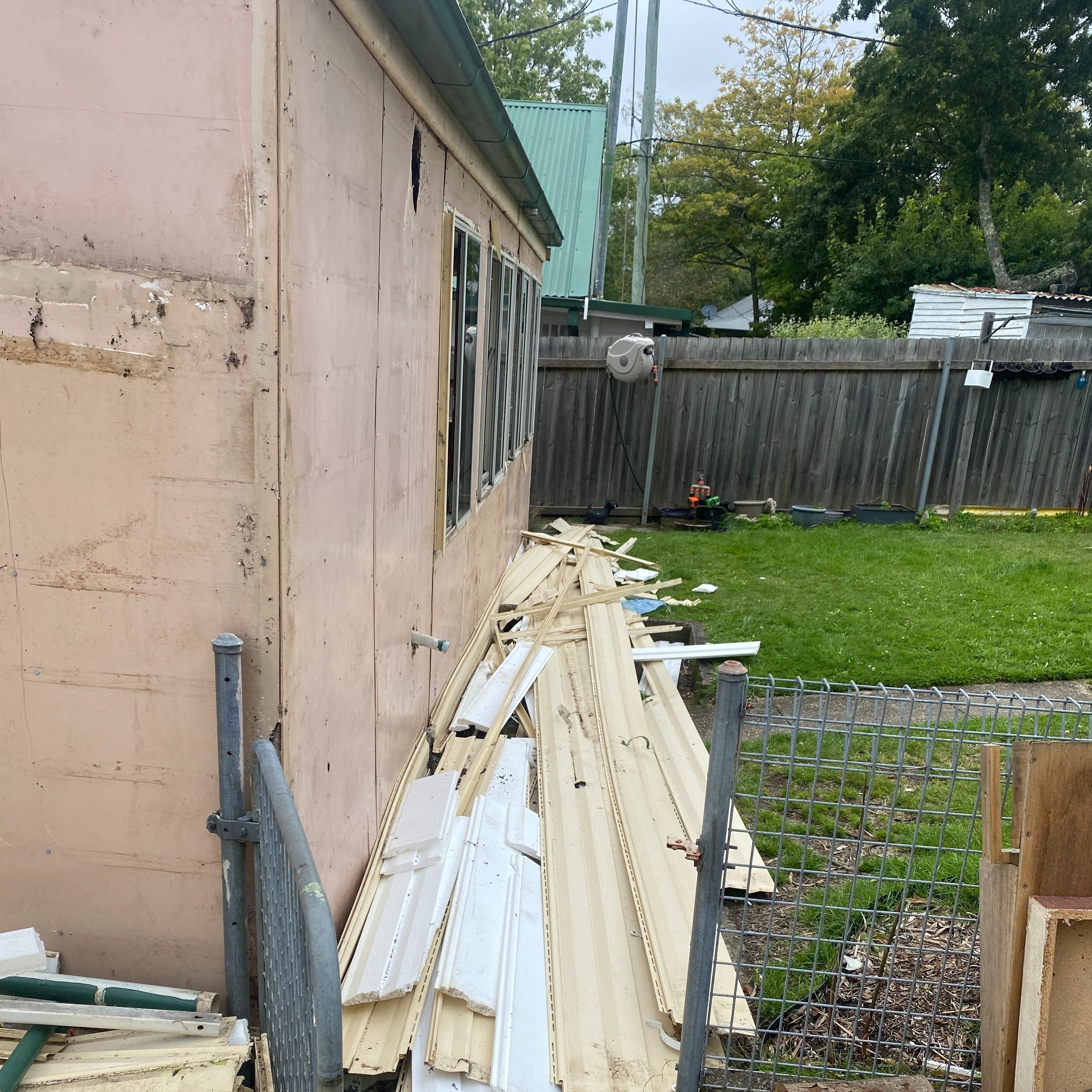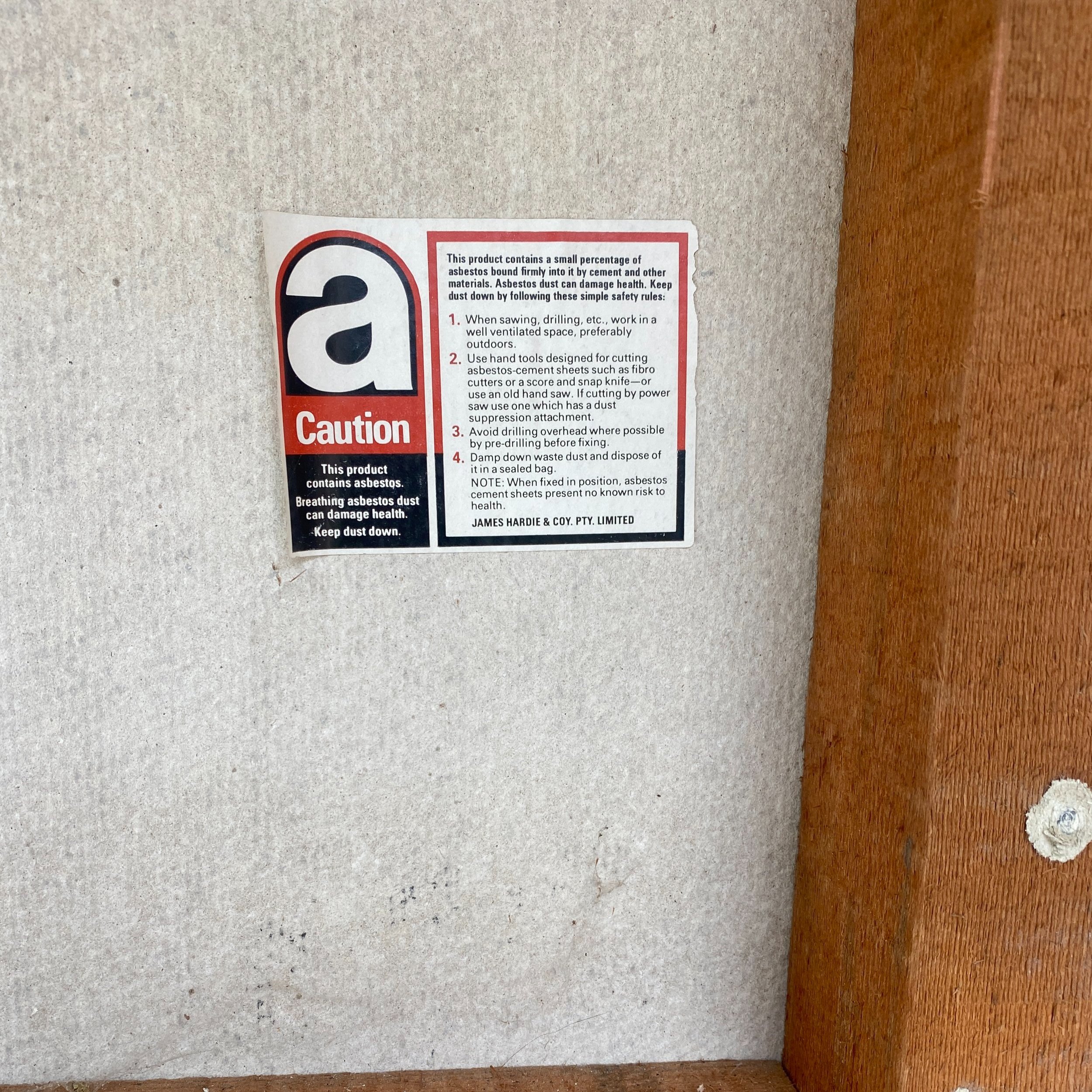Fibro House; Blue Mountains.
A Fibro House; Iconically Australian - country cottages, beach bungalows & . . . . .The Blue Mountains‽
Before taking the time to examine why ‘Fibro’ is so prevalent in The Blue Mountains, lets take a brief moment to gain an understanding of what ‘Fibro’ actually is.
The term Fibro is literally Australian slang, an abbreviation for fibre cement.; A product born of the industrial revolution and popularised by The First & Second World War. Fibro became a go-to building staple across Australia thanks to the attributes of asbestos like fire retardancy, strength and affordability.
Whilst not all Fibro or Fibre Cement contains asbestos, the vast majority of it does; In fact - if you’re looking at fibre reinforced cement sheeting that was installed before the 1990s, chances are very high that it contains an amount of asbestos. The fact that asbestos was not banned outright in Australia until 2003 also means that your relatively modern home could still contain some asbestos containing materials.
So, not all fibro is asbestos and not all asbestos is fibro (it can be found in many other applications, read more here) but how can you tell if your fibro contains asbestos?
Some later products produced by James Hardie came with labels advising of their asbestos content, though over the decades these stickers often degrade or simply fall off. Earlier materials often came with no serial or batch numbers, some asbestos sheeting from the 50s and 60s lacks even a manufacturers stamp, label or branding. Whilst an experienced professional may have a pretty good sense for identifying asbestos sheeting from more modern synthetic fibre reinforced cement sheeting, the only 100% way to know for certain if material contains asbestos is to have it tested in a NATA approved laboratory. The process of having samples sent for analysis is simple and in most cases results will be available in a matter of days.
Call Einzig Industrial to find out more.
But why are there so many fibro asbestos homes located in The Blue Mountains?
Whilst asbestos sheeting was incredibly popular throughout Australia and many other parts of the world, The Blue Mountains seems to have a disproportionate amount of partially or fully clad asbestos homes.
Two major factors are to be considered when understanding why so much asbestos was used in The Blue Mountains. First is the timing of the post gold rush expansion and urbanisation of the lower mountains including Blaxland, Springwood and Hazelbrook along with the electrification and upgrade of the train line. The second factor is a universal component to any decision, cost. The inherent geography of The Blue Mountains makes the transport and delivery of any goods more expensive than its surrounding areas. A standard 3 bedroom fibro home could have the majority of the construction materials delivered in one or two truck loads as opposed to the dozens of truck loads required to build the same sized house out of brick or timber. At its peak, asbestos sheeting was also the cheapest per square meter building material available.
So, not only was asbestos an incredibly popular building material during the largest period of development seen in The Blue Mountains, it was also the cheapest means of getting new properties built.
With the majority of these buildings and homes now exceeding 50 years old, many are in need of repairs, some may need to be renovated for modern conveniences and others being extended or altered to cater for the current usage. What ever the need, call Einzig Industrial for a free on site consultation and quote today.










